![]()
![]()
![]()
![]()
![]()
![]()
![]()
![]()
![]()
![]()
![]()
![]()
![]()
![]()
![]()
![]()
![]()
THIS
IS AN ARCHIVED PAGE. CLICK HERE FOR THE LATEST VERSION.
![]()
A hub for my
verbal ramblings... my thoughts behind my latest images and my photography
in general... and any news I have to share too.
![]()
![]()
![]()
31 JANUARY 2022:
![]()
The
Leica CL and S-R2060
![]()
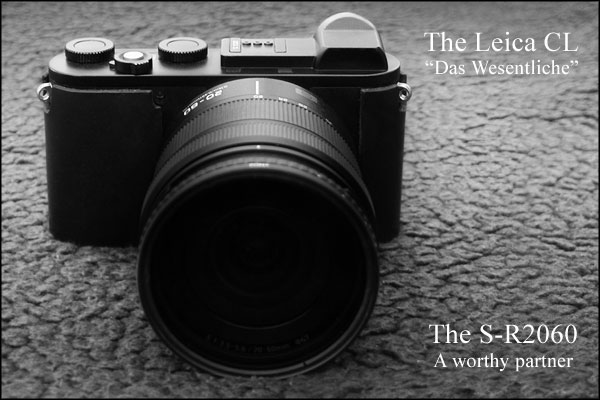
![]()
Last year I wrote
about one of my favourite cameras, the Canon P, a beautiful 1960s
rangefinder. I likened it in many ways to the Leica Ms of the era, and
at the time I thought it unlikely I would ever use another camera that
would bring me quite as much joy, such was my affinity with it. That
thought still remains the case when I want to use film, but, for a few
months now, I have found an equal level of pleasure (perhaps even more
so?) from a digital camera... the Leica CL.
![]()
Some backstory... During the UK's Covid-19 lockdowns, I was unable to
do any music
photography work, so I used the time to develop interest in my personal
work instead... selling prints
and producing my first photobook.
I began to make tentative plans for my post-pandemic future and I decided
I wanted to completely align my music photography with my personal work.
I realised that instead of choosing from the different cameras I would
normally usually use, depending on the purpose, I wanted just one camera
that I could feel confident to use whatever the situation... for my
everyday travels, holidays and family daytrips, band photoshoots, live
shows, behind the scenes documentary work... a camera for both work
and pleasure.
![]()
After much research, testing, and inspecting of sample image files,
I decided to buy a Leica CL. I felt it offered flexibility while being
incredibly simple to use, as it could be customised just to my liking.
Its L-mount has some wonderful autofocus lens options, and with an adapter
I could use my old vintage glass, too.
![]()
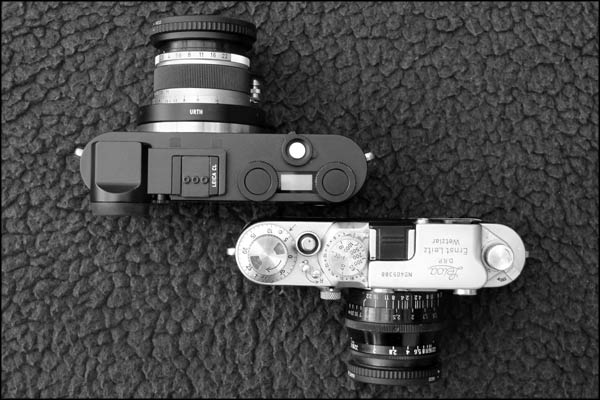
![]()
The body size was an important consideration if the camera was to be
an everyday carry-around. The CL has very similar dimensions to my Canon
P but is more akin to my lovely little Leica iiif (originally a iiic
from 1946 converted by Leica in the 1950s).
![]()
In fact, the stylistic similarities between the CL and the iiif are
many, the CL seeming very much like an evolution of those iconic Barnack
cameras. The rounded body shape is virtually identical, just a millimetre
difference in the thickness, and the two dials and shutter button almost
match the traditional dimensions, too. In fact, the distance from dial
edge to dial edge is exactly the same, as is the shutter button distance
from the body edge. It's a body size that suits me nicely.
![]()
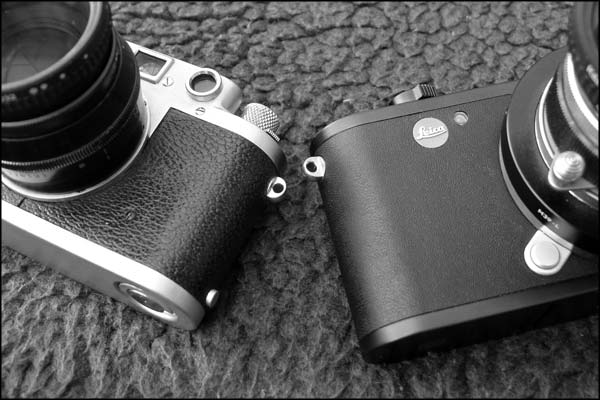
![]()
The aesthetic similarities continue with the camera body sandwiched
between defined top and bottom plates. The all-metal construction gives
a solid feel of quality. Both cameras weigh essentially the same at
around 400g, any difference is indistinguishable in the hand. The CL's
design remains typically elegant but with a wonderful modern minimalism.
The clearest link with its early 20th century ancestor can be seen in
the strap lugs... the design remains unchanged.
![]()
One of my favourite things about the iiif is the cloth horizontal shutter,
soft and quiet, but still with a distinct smooth "shhhck".
Despite the CL's shutter being an entirely different modern design,
the sound is definitely of the same tone, and even quieter, but not
so much that a soft click cannot be heard from within. I do like to
hear this - a subtle confirmation the shot has been made. However, if
there is ever a situation that requires absolute silence then the silent
electronic shutter could be used. It works at all speeds up to 1/25000s.
The mechanical shutter's fastest speed is 1/8000s.
![]()
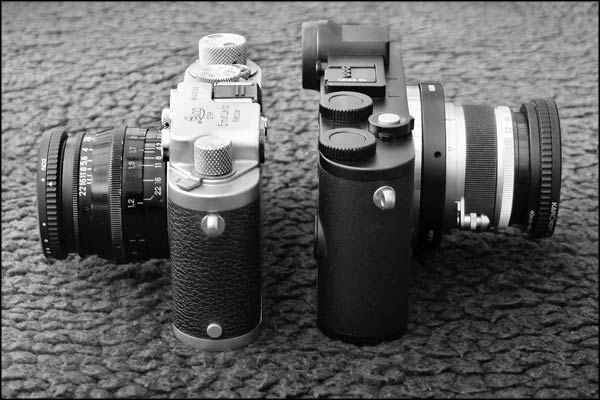
![]()
In addition to any L-mount lens the CL can use Leica M, R and LTM lenses,
too, with the appropriate adapter. I have adapters for my manual Nikon
F-mount and Leica Screwmount (LTM) lenses. My four favourites are my
Sigma 24mm (Nikon F mount), Canon 35mm (LTM), 50mm Jupiter 8 (LTM),
and Leica 90mm (LTM).
![]()
Using the CL's fantastic electronic viewfinder (EVF) manual focusing
with these lenses is easy and accurate. Activating 'focus peaking' highlights
the in-focus areas, and if required the focus area can be magnified
for even greater precision. A benefit with these old lenses is that
the depth of field is always shown in the viewfinder, the effect of
the chosen aperture is always evident. What you see really is what you
get, in every respect. The EVF brightness automatical adjusts to compensate
for the lack of light through the smaller apertures, so one can still
see the scene clearly.
![]()
Incidentally, I use adapters made by URTH.
They are made very well, of a fully metal construction, and are very
good value (about £25 when I purchased). These work perfectly
well with fully manual lenses that do not require an electronic contact.
Also, URTH have an environmentally conscious mindset, offsetting the
carbon costs of manufacture by planting trees.
![]()
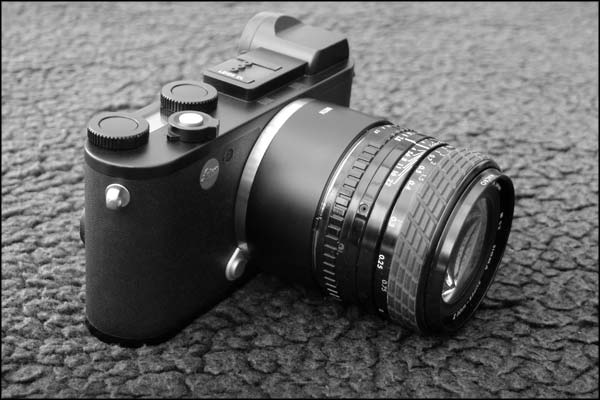
![]()
There is one question I struggled for a while to answer... do I need
a full frame sensor (35mm)? The answer, at least with the CL, is no.
![]()
A few years ago, when digital sensors were not as advanced, the smaller
APS-C format just didn't have enough dynamic range or the ability to
control 'noise' very well, especially at higher ISO ratings. Technology
has now progressed to the point where this is no longer the case. There's
plenty of resolution, too... 24 megapixels over a standard 3:2 apect
ratio (6000 x 4000 pixels). It is enough for my needs. More importantly...
the CL's sensor is capable of quite outstanding image quality.
![]()
In "real world" use I think the quality stands up to that
of an equally sized image from its full frame siblings, the M10 and
Q2, and quite frankly even the next generation M11 in many respects.
Although both the M10 and M11 have a slightly greater dynamic range
over the CL, the same level of dynamic range can be achieved with the
CL by dropping its ISO sensitivity a 'stop' in comparison... at ISO
6400 the CL has a similar dynamic range to an M11 set to ISO 12800,
at least according to this dynamic
range comparison chart. In truth, I am unlikely to ever need to
go beyond that, I certainly haven't ever needed to in the past, and
I have found the images at ISO 6400 to look very nice (a hint of attractive
film-like noise).
![]()
So, accepting that the sensor is technologically good enough for my
purposes, the only real consideration is the effect its slightly smaller
size has on field of view and depth of field... The APS-C sensor size
effectively shows a field of view equivalent to increasing the focal
length of my lenses by half as much again, and that applies to the depth
of field too. This means my Sigma 24mm f/2.8 lens would have the field
of view of a 36mm lens and depth of field equal to f/4.2 on a full frame
camera. With the aperture set to f/8 the effective depth of field would
be that of an aperture of f/12.
![]()
Clearly this is a drawback if one is wanting maximum 'bokeh' but I rarely
(if ever) want such a thin depth of field. In fact, there's actually
a huge benefit to me in that I can achieve greater depth of field in
lower light situations. This is because although the field of view and
depth of field changes, the exposure value doesn't change at all. This
is really useful for band portraits, for instance, where individuals
can be spread throughout the foreground-to-background space (rather
than lined up side by side), or in dimly lit basement venues where it
can be hard to keep energetic performers within a very thin zone of
focus. On a full frame sensor I would need to be using smaller apertures
to achieve the greater depth of field, and consequently either higher
ISO (leading to a loss in dynamic range and quality) or slower shutter
speeds (making it harder to freeze the action)
![]()
In addition, this greater depth of field means I rarely use apertures
smaller than f/11, so I avoid any lens diffraction which starts becoming
noticeable at the smaller apertures. I also have variable neutral density
filters permanently fitted to most of my lenses to control light levels
further if needed.
![]()
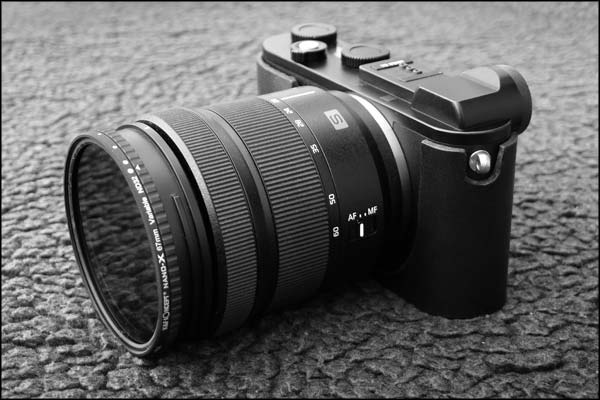
![]()
After a while enjoying the camera with my manual lenses I decided to
buy an L-mount lens for the autofocus capabilities. I was interested
in a zoom lens, mainly for the versatility, and looked at Leica's Vario-Elmar-TL18-56mm
f/3.5-5.6 a lens developed for the ASP-C format which had received great
reviews. This covered a full frame equivalent of 28-85mm, very similar
to the 24-90mm range of lenses I like to use. However, that isn't what
I bought.
![]()
Part of the attraction to me about the CL was the potential of the "L-mount
alliance", which sees Sigma and Panasonic also developing products
around this lens mount. I have used Sigma's wonderful ART lenses before
and had been similarly impressed with Panasonic's development as a lens
maker (under Leica's 'guidance'). I wanted to see what these companies
had available and couldn't help being interested in the Panasonic Lumix
S-R2060 when I saw it.
![]()
The Lumix S-R2060 is a 20-60mm f/3.5-5.6 lens developed for full frame
L-mount cameras. On the CL it works as the equivalent of a 30-90mm lens.
Reviews of the lens on full frame cameras are generally very good so
I knew the lens would perform well on the CL, especially as it would
be only the best part of the lens (the centre area) that the ASP-C sensor
would be utilizing. I am incredibly impressed with it. So impressed
that I have used nothing else since buying it four months ago.
![]()
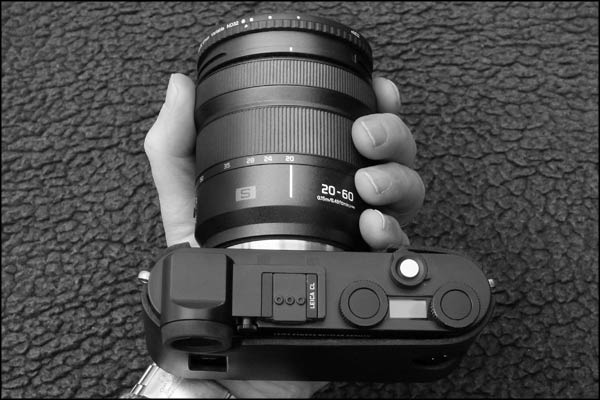
![]()
The S-R2060 is larger than Leica's 18-56mm but, compared to other full
frame lenses in the range, this is still rather compact... perhaps because
there is no inbuilt image stabilisation system. This feature is not
on my old manual lenses or film cameras either so it isn't something
that concerns me, but with stability while shooting in mind, it is important
the lens sits comfortably in my hand... which it does.
![]()
I like the build quality, too. The focus and zoom rings are a good size,
turn smoothly with nice dampening. It feels solid and well made but
still quite light in weight. The lens has a hood but the only time I
have needed to use it was when shooting directly towards the sun...
the lens doesn't seem to flare easily.
![]()
The autofocus is silent, snappy and accurate, and with the shutter button
half pressed, can be honed manually with the focus ring (focus peaking
will automatically activate). A great fuss-free system. It also has
a close focus distance of just 15cm (at the wider focal lengths)...
twice as close as the Leica TL 18-56mm (30cm).
![]()
Another benefit of this lens is its dust and splash / water resistance.
As someone who lives on the coast, there is always a consideration about
sea spray and sand on windy days when photographing along the beaches.
I'm not overly concerned about such things with this lens, although
I would still be a little careful as the CL itself doesn't have any
such protection. I have made my own rudimentary precautions by taping
over the microphone grills on the top plate (every little helps), and
have so far had no issues when caught in the rain a couple of times.
I'm confident that (like every camera I've ever owned) it can handle
some bad weather every so often.
![]()
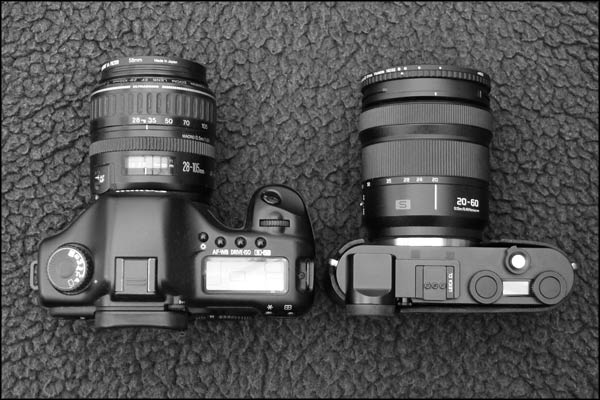
![]()
As an example of the size of the camera and lens together, their length
is just a little smaller than my Canon 5D with a 28-105mm, the most
compact zoom lens I own (of a similar range). The most noticeable size
difference is with the camera bodies, and overall weight... the CL and
S-R2060 lens (with ND2-32 filter) weigh about the same as my Canon P,
my Leica iiif, and my Nikon FE with 50mm lens... all are around 850g.
This compares to the Canon set-up which weighs in at 1500g. It is significant,
especially when carrying the camera everywhere, even if only in my bag.
![]()
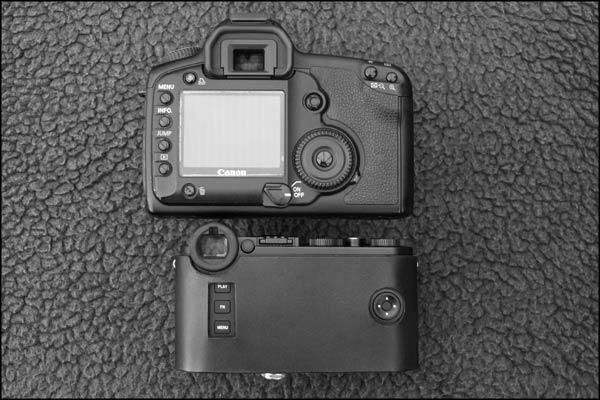
![]()
I really appreciate the simplicity of the CL, the design of the back
includes just three buttons and a four way selection pad, exactly the
same as the M11, the Q2, and to a lesser extent the SL2 (which keeps
the PLAY, FN and MENU buttons but does away with the selection pad).
This really is all I need... to be able to look at the images occasionally,
to access the menu system occasionally, and to have a button I can customise
(FN) is useful. The dials on the top plate take on different roles depending
on one's personal choice... shutter speeds, aperture selection (with
L-mount lenses), exposure compensation... the right dial inner button
is customisable, too.
![]()
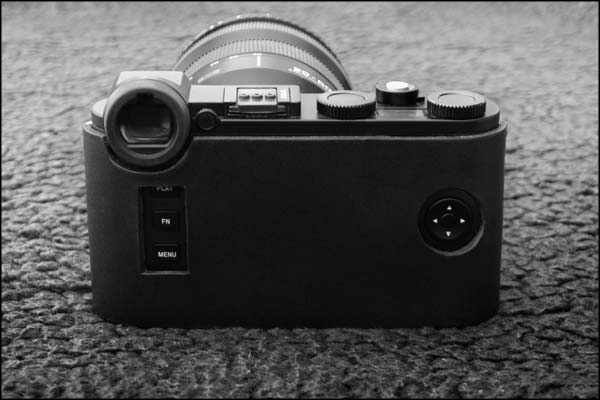
![]()
Even though the CL is already stripped to just the photographic essentials,
I went a step further with the camera case I made for it... I covered
the screen too. It helps keeps my mind out of 'digital mode', where
it is all too easy to over-shoot, or over-analyse after each shot. The
simple act of not using the rear screen makes the whole photography
process more like using one of my film cameras, where one becomes more
conscious of the light and learns to trust their judgement.
![]()
Like all digital cameras it is possible to see the image directly after
taking it but I have this setting turned off. However, if I think I'll
want to see confirmation of the shot then it will still show in the
viewfinder as long as I keep the shutter button pressed after the shot.
Quite a useful over-ride at times.
![]()
I have the camera set-up so I rarely need to enter into the main menu
system, and I don't tend to use the camera to look through images I
have made either. Any quick changes I may occasionally need to make
can be done easily using the electronic viewfinder to show a really
nice single page interface for all the main settings.
![]()
This page can swap between PHOTO and VIDEO but obviously I have never
used the camera for video. This screen has the only reference to it
in my set-up. I love that this aspect of the camera can be completely
ignored. Looking at the 100 page instruction manual (!) only two pages
are concerned with video recording, a further four concerning playback.
I wonder why Leica even bothered to include it at all.
![]()
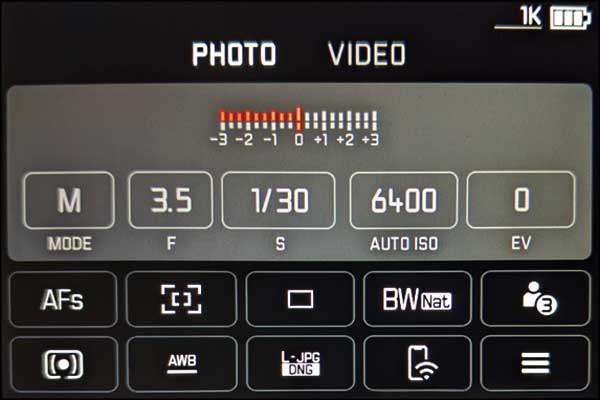
![]()
Pressing the MENU button brings up a page with all the main settings
in one place. It's useful for changing metering and autofocusing options,
among other things, but most of the time there is no need, with the
camera controlled via the customised dials and buttons. I have three
'profiles' stored to remember the customisations... colour aperture
priority, black & white aperture priority, and black & white
manual.
![]()
For the vast majority of the time I have the camera set to the manual
profile. I have it set up so the left dial controls aperture and the
right dial controls shutter speed. I generally have the ISO set to Auto
(with a maximum limit of ISO 6400) but I have customised the FN button
to access my ISO settings for when I want to use a specific speed. This
is easily done by pressing the FN button and turning the right dial
to set the ISO speed I want.
![]()
I like to use exposure compensation sometimes, and this is done by pressing
the right dial button and turning the dial to the appropriate setting...
a corresponding dot appears on the meter scale in the viewfinder. Occasionally
I like to use Aperture Priority mode without switching profiles - it
is easy to switch to it by pressing the left dial button then turning
this dial to select the mode. All these controls can be done while the
camera is to my eye.
![]()
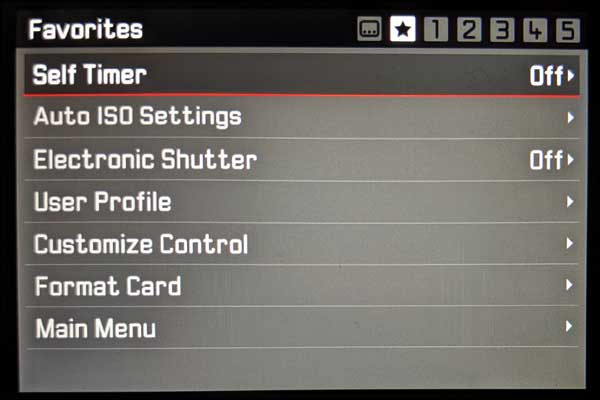
![]()
For those settings not covered by the quick menu page then one more
press of the MENU button opens the favourites page. Again, this page
is customisable and I have added those items that I might occasionally
need to use, and don't want to go hunting for in the main menu.
![]()
So, as I come to the end of this, what else to add? I've mentioned the
electronic viewfinder a few times but probably not quite how excellent
it is... and it really is. I have not previously been a fan of EVFs,
despite an appreciation for their benefits (such as showing the view
in black & white, or not being blinded shooting into bright light).
The CL's viewfinder resolution is high enough so that the view doesn't
look pixelated and it doesn't suffer from 'red/green/blue flicker' when
moving quickly either. It is nice to use and so far I have not felt
any eyestrain or screen tiredness.
![]()
To sum up... I suppose the Leica CL is a little like myself... a photography
traditionalist at heart, but happy for modern technological benefits
so long as they don't compromise a pure photography experience. It's
the pure photography experience that I get from my old film rangefinders,
which of course began with those original Leica Barnack cameras... the
CL feels to me like a very much more versatile modern equivalent, and
I love it for that.
![]()
It's a camera that doesn't get in the way, that doesn't interfere with
my thinking, that doesn't alter the way I like to work, a camera designed
to be customised, stripped to that which is important. It's a camera
that upholds the essence of photography... an ethos I really believe
in. It seems Leica continues to understand this mindset... "Das
Wesentliche"... the bare essentials.
![]()
![]()
![]()
And now here's some images I made with the CL...
![]()
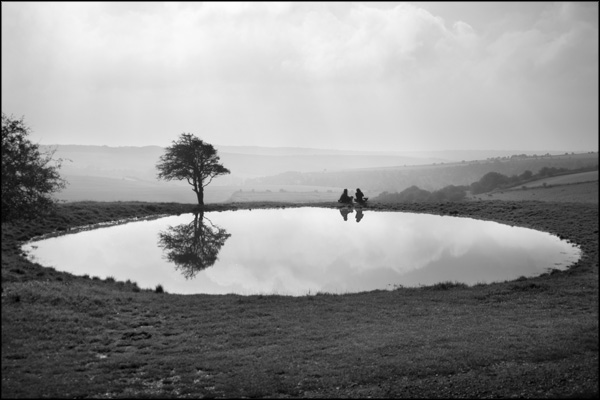
![]()
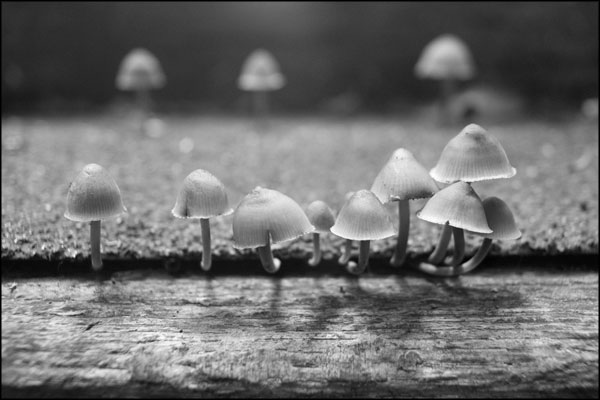
![]()
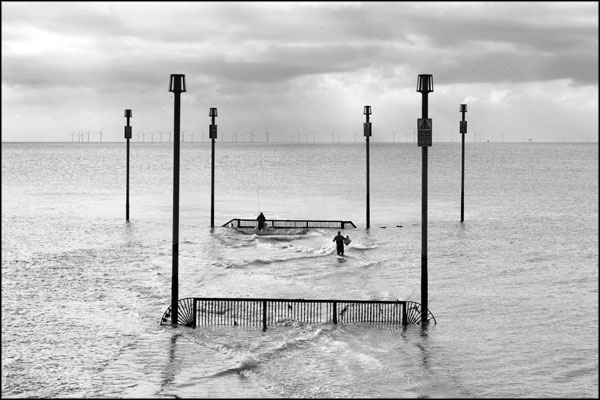
![]()
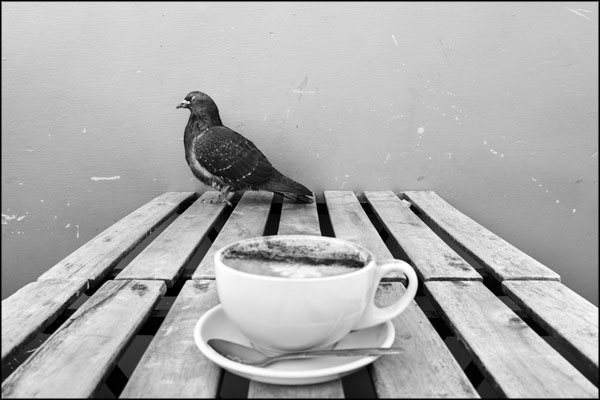
![]()
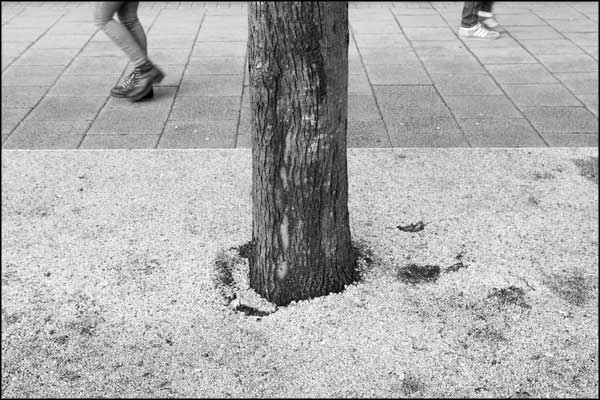
![]()
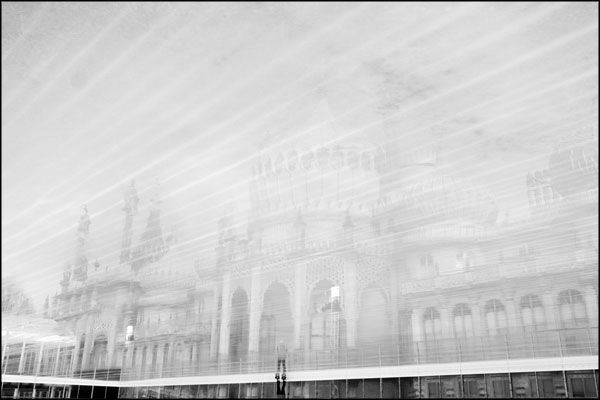
![]()
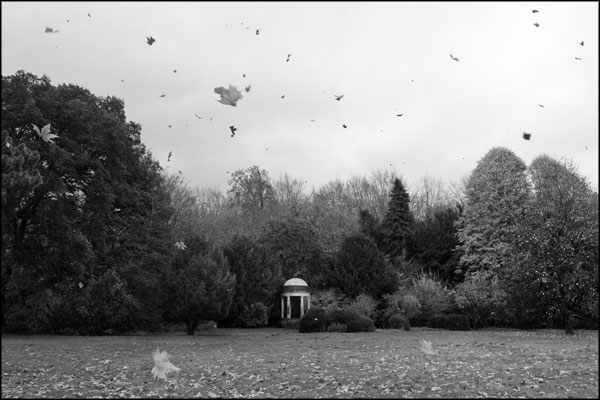
![]()
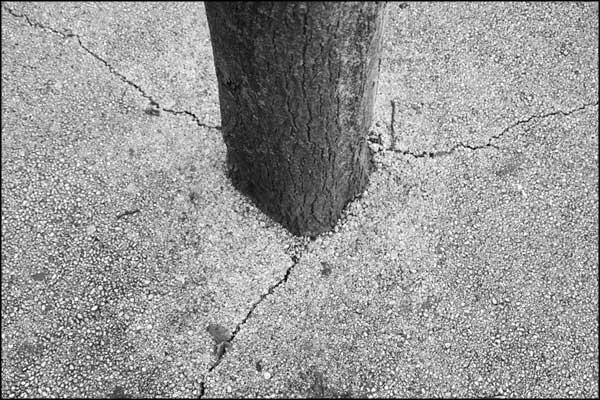
![]()
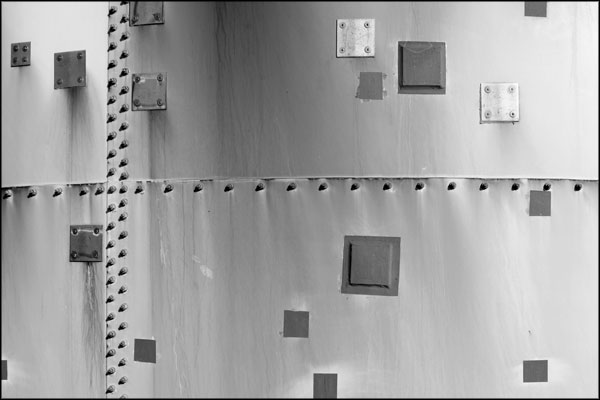
![]()
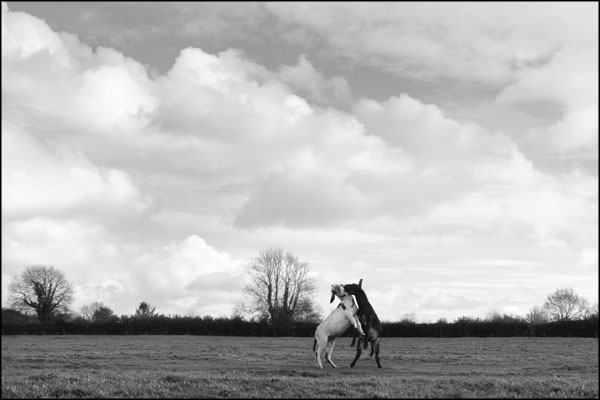
![]()
![]()
![]()
![]()
If these images are the first of mine you have seen, or you are
relatively new to my work, please know I'm always keen to make new contacts
and push my photography to wider horizons. If you like what you see,
say hello!
![]()
If you are able to help bring my photography to a larger audience, then
lets talk! I'd be glad to hear from you!
![]()
Finally, prints of my images
are available, starting at affordable prices to encourage new collectors.
Signed archival quality prints are strictly limited in number. Your
support is very much appreciated.
![]()
![]()
![]()
More posts...
![]()
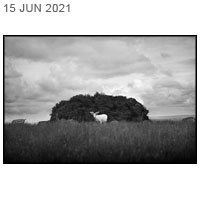
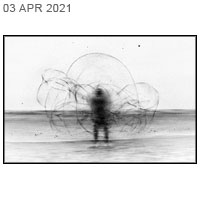
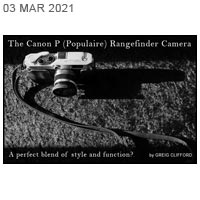
![]()
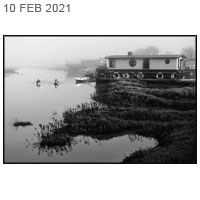
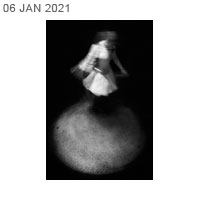
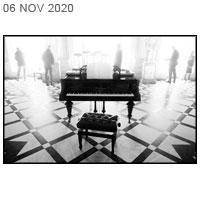
![]()

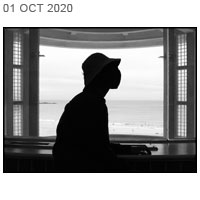
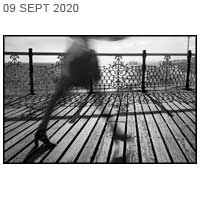
![]()
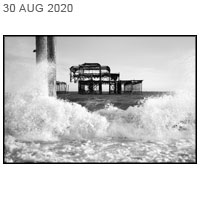
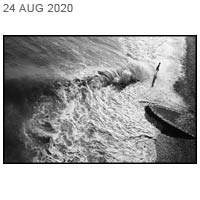
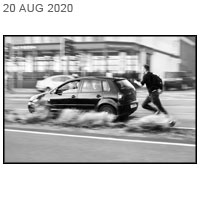
![]()
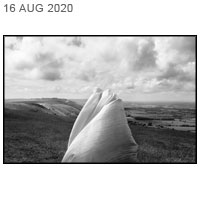
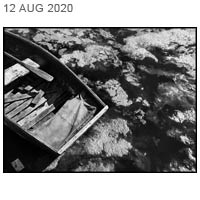
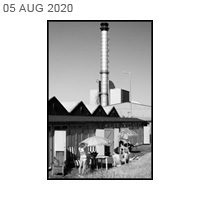
![]()
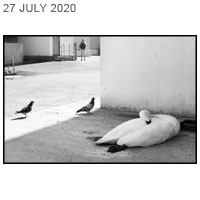
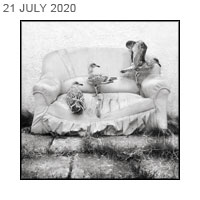
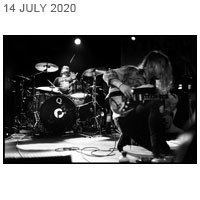
![]()
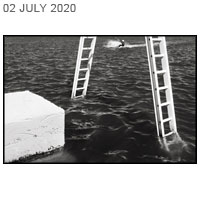
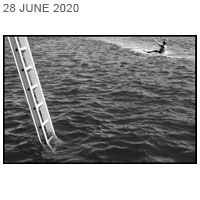

![]()
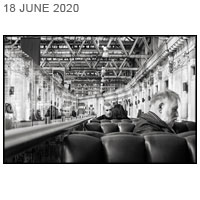
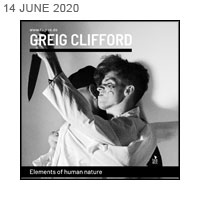
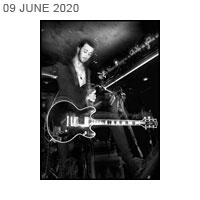
![]()
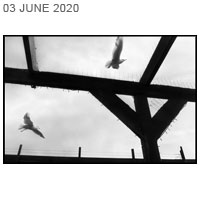
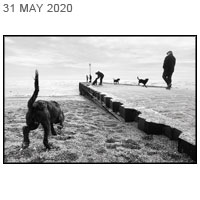
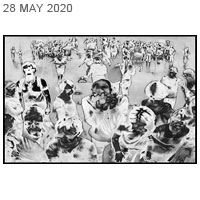
![]()
![]()
![]()
© GREIG CLIFFORD.
ALL IMAGES ARE SUBJECT TO COPYRIGHT LAWS.
ALL RIGHTS RESERVED.
![]()